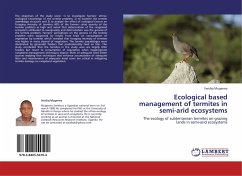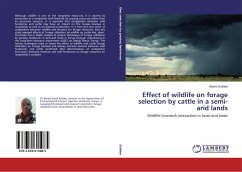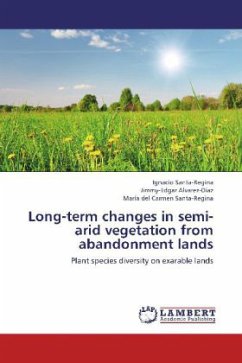The Sarus Crane has been recorded all over the northern India and central region of the Indian sub- continent historically. The Cranes have adapted to a somewhat different life cycle in the semi-arid tract in its distributional range as compared to the water rich zones in the central and eastern Gangetic plains of India. This work was conducted in the semi arid tract of Kota and Bharatpur districts of Rajasthan, India. The breeding biology, behaviour, home range and habitat use with reference to land use changes were studied of the cranes. The natural marshes along the wetlands with agriculture fields on the margins appeared to be the most preferred habitat for the Sarus Crane. While the man induced canal system provided them an opportunity for dual nesting. As nature conservation is one of the hot subjects these days, this work will provide an insight into one of the crane species and its conservation for science students, researchers, wildlife managers and nature lovers who areinterested in conservation of the faunal diversity and cranes in particular around the globe.
Bitte wählen Sie Ihr Anliegen aus.
Rechnungen
Retourenschein anfordern
Bestellstatus
Storno








